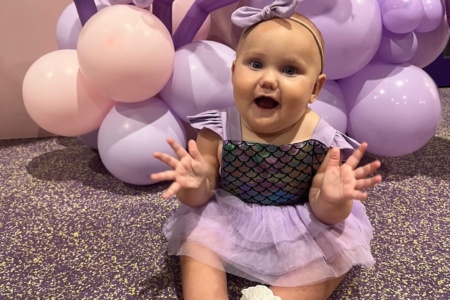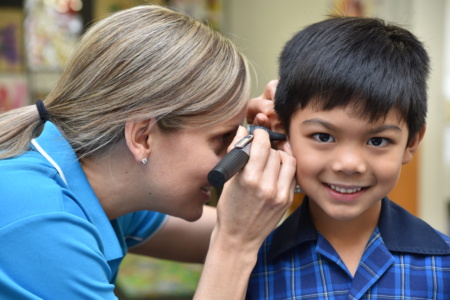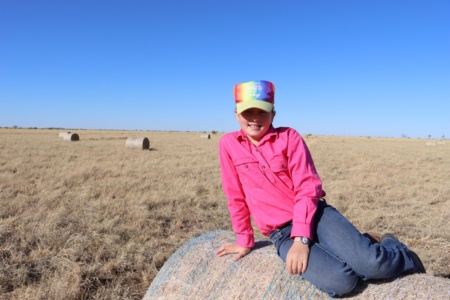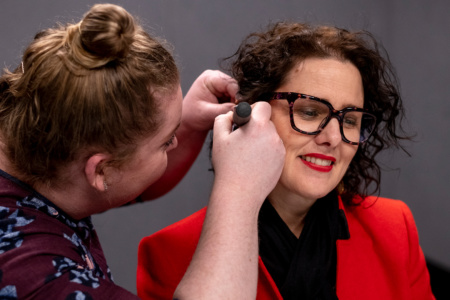It’s common to hear the words "speech" and "language" used interchangeably however, they actually have different meanings. A child who comes to Hear and Say for help with their speech will receive different support than a child who sees one of our speech pathologists for help with developing their language skills.
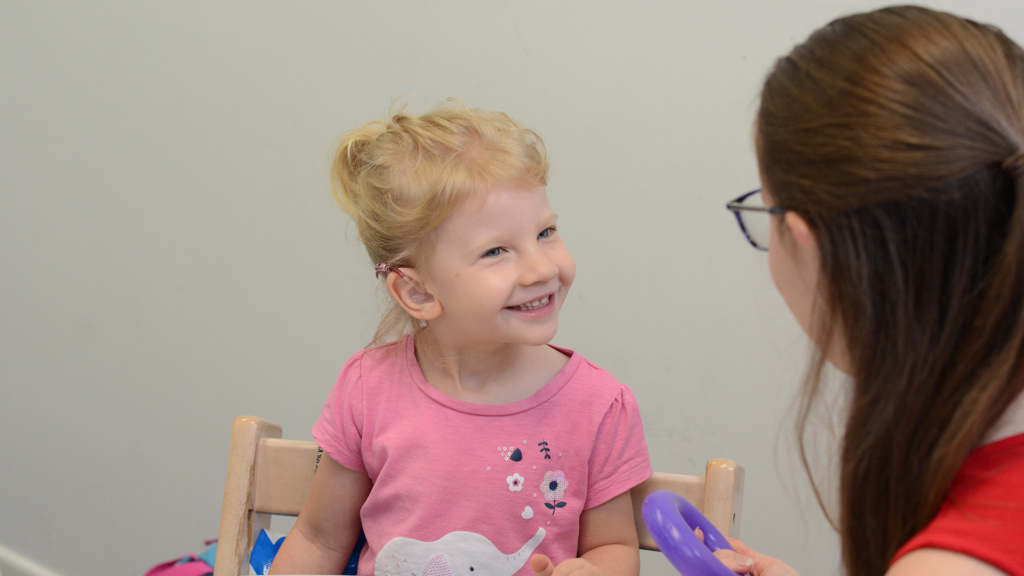
What is speech?
Speech is the way we produce sounds to form words. That is, speech is the physical act of talking. It’s how we articulate vowels and consonants to generate the recognisable sounds that make language.
For example, to produce the ‘s’ sound our mouth, lips, tongue and voice need to be in specific places. The blade of the tongue is almost touching the roof of the mouth just behind the upper teeth (the alveolar ridge), our lips are spread similarly to when we smile and our teeth are almost closed. Air then flows over the centre of the tongue through our teeth to produce the ‘s’ sound.
What is language?
Language is how we use words to get our message across to others. This includes vocabulary, use of expressive language (how we talk to others) and receptive language (how we understand others).
Language is governed by a series of rules including:
- Sentence structure (e.g. in English we would say, “Annie got a new shirt” rather than, “Annie new shirt got”)
- Meaning of words (e.g. ‘bark’ can be the noise a dog makes or it can be found on a tree)
- The emphasis we put on words (e.g. the sentence, “I didn’t say he crashed his bike” can have different meanings when we emphasise specific words – “I didn’t say he crashed his bike” or “I didn’t sayhe crashed his bike” or “I didn’t say he crashed his bike”).
.
Speech and language disorders
People of all ages can face challenges with speech, language or both. For parents, knowing the red flags to keep an eye out for with children with possible speech and language delays will help to identify any developmental concerns early so the right support can be received.
Common speech development issues
Concerns relating to a child’s speech development may include:
- Difficulty understanding what the child is saying
- Only parents or carers recognising what their child is saying or asking for, while other family members, peers or educators have significant difficulty understanding them
- Certain sounds are difficult and they are not consistent with their pronunciation of words (e.g. when a child produces the same word in multiple ways – caror dar or gar)
- Producing words with incorrect vowels (e.g. car becomes core)
- Dropping off initial sounds of words (e.g. car becomes ‘ar)
- Frustration when trying to communicate with others
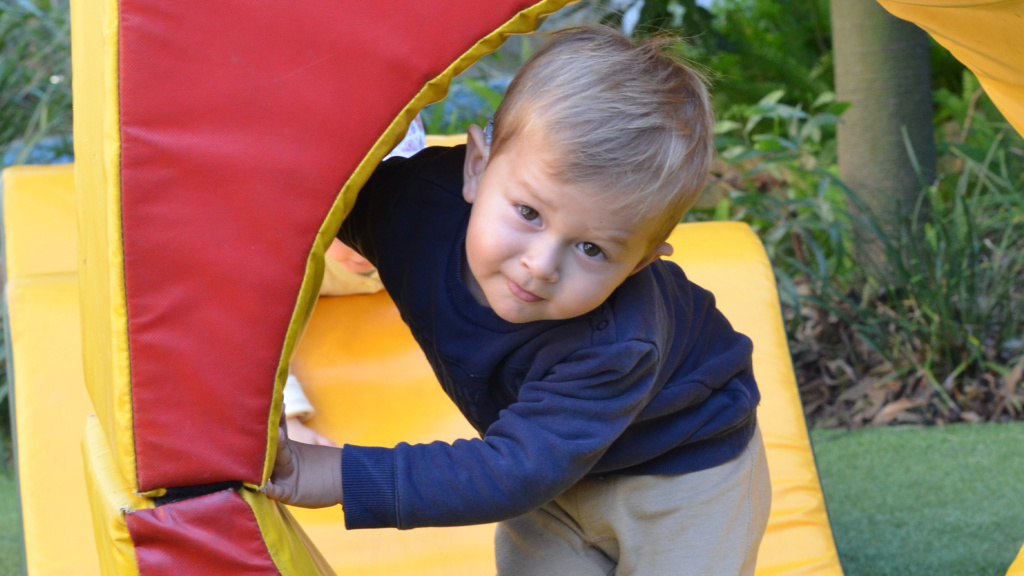
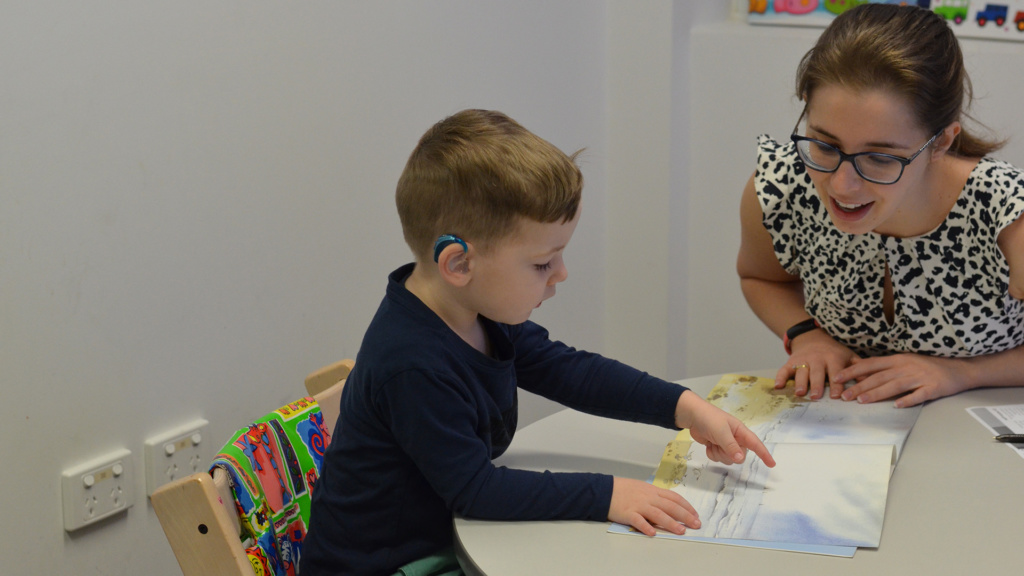
Common language development issues
Concerns relating to a child’s language development may include:
- Difficulties following instructions (e.g. “Go and put your shoes on.”)
- Shows signs of echolalia – this is where a child simply repeats back what was said without following through (e.g. a parent says, “Go and get your shoes on” and the child repeats, “Get shoes” but does not complete the task)
- Poor vocabulary, with minimal understanding of words or unable to name objects, animals etc.
- Difficulties answering “wh-” questions (who, what, when, where, why)
- Poor concentration
- Demonstrates understanding of what an object is (e.g. by pointing), but is unable to find the word to say what it’s called
- Frustration when trying to communicate with others
Speech and language development - what to expect?
All children develop speech and language skills at different rates, however there are some general guidelines as to when they'll hit typical milestones. These include:
One year old
When a child is one year old they might be able to:
- Imitate speech sounds
- Say their first words (for example, "dada" or "mama") but generally have a limited vocabulary
- Be able to localise sounds (i.e. know what direction sounds are coming from)
- Understand basic instructions (e.g. "look over there")
- To convey meaning, your child might use a lot of gestures, along with a few words
Two years old
Typically developing children often have the below communication skills at two years old:
- Can refer to themselves by name
- They have a vocabulary of 50 words or more
- Can talk about things that are not in the room or in front of them
- Able to use two- or three-word sentences
- Adults other than their parents and carers can understand them about 50 per cent of the time
- Can ask some basic questions (e.g. What?, Where’s Mum?)
- Can understand opposites (e.g. hot/cold, down/up)
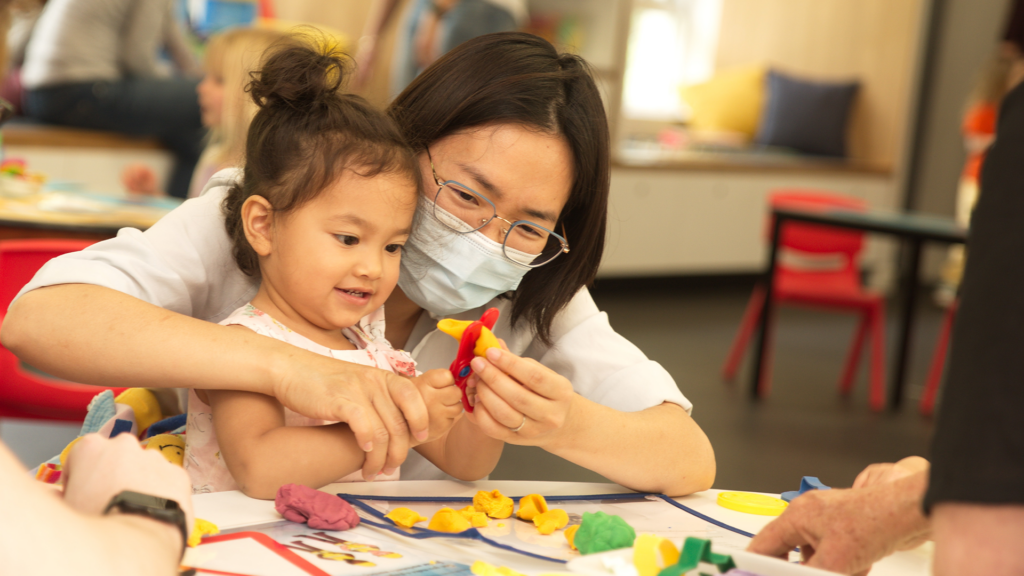
Three years old
By the time a child is three-years-old they may communicate using the below speech and language skills:
- They will usually have a vocabulary of more than 200 words
- They can have a conversation with at least two back-and-forth exchanges
- Can correctly use all vowels and some consonants consistently
- People other than the child's parents and carers can understand them about 75 per cent of the time
- Can understand two-step directions when they are simple (e.g. get your toy and go to bed)
- Can use pronouns (e.g. I, me, you, mine, yours)
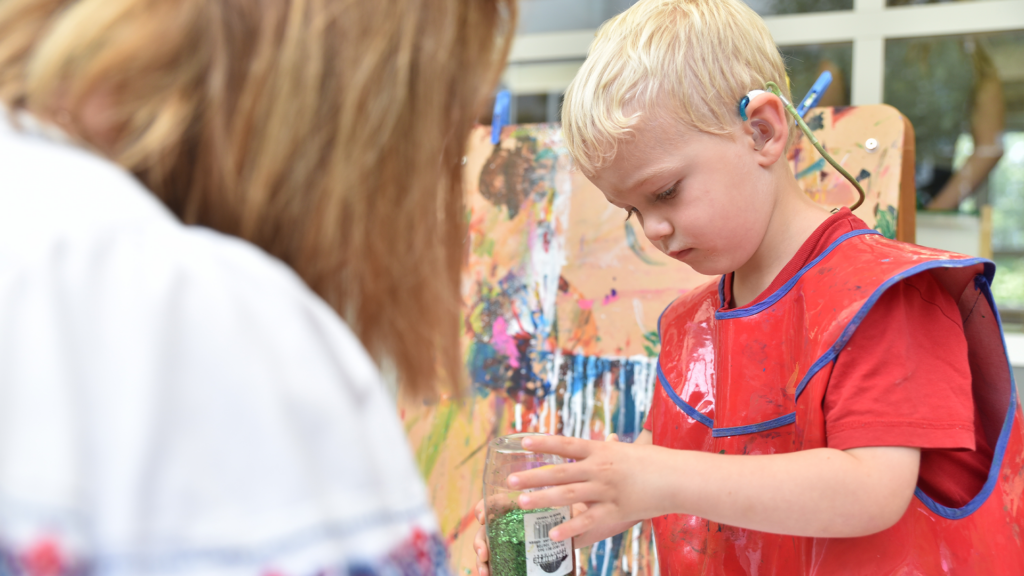
Four years old
At four years old, a child’s speech and language skills often include:
- Being able to consistently pronounce these sounds: p, b, m, h, n, w, d, k, g, d, f, y
- When talking with others, they can be understood up to 90 per cent of the time by people other than their parents and carers
- They can express their feelings by using words like “upset”, “confused”, “happy”
- They are able to state where things are (e.g. use words like top, below, between)
- Being able to use long sentences and take turns speaking in a conversation
Five years old
By the time they're five, their skills might include:
- Understand sequence language (e.g. before, after, later, tomorrow)
- They are expressive and able to tell a short story or share ideas using several sentences long
- They are able to use compound sentences, when two independent clauses are joined by words like "and" or "but". For example, "I really wanted a snack but I'm too full."
- They can use complex sentences, with one independent clause and one dependent clause that have been conjoined. For example, "After that person let us in, we enjoyed the show."
- Being able to follow directions with three steps
How to help your child if they have a speech or language disorder
Speech and language disorders impact a child’s ability to express themselves and understand others. It is more common in children under the age of three, and by four children’s speech and language skills should be more accurate and stable. Below are some signs to look out for. It’s always good to remember to be as patient as you can as your child is still learning.
- Compared to the milestone guidelines above and other children of the same age, they have a limited vocabulary
- They find forming sentences and the articulation of words tricky
- They say words in the wrong order
- They repeat sounds, this is particularly common for those who suffer from stuttering
- Taking pauses regularly when talking
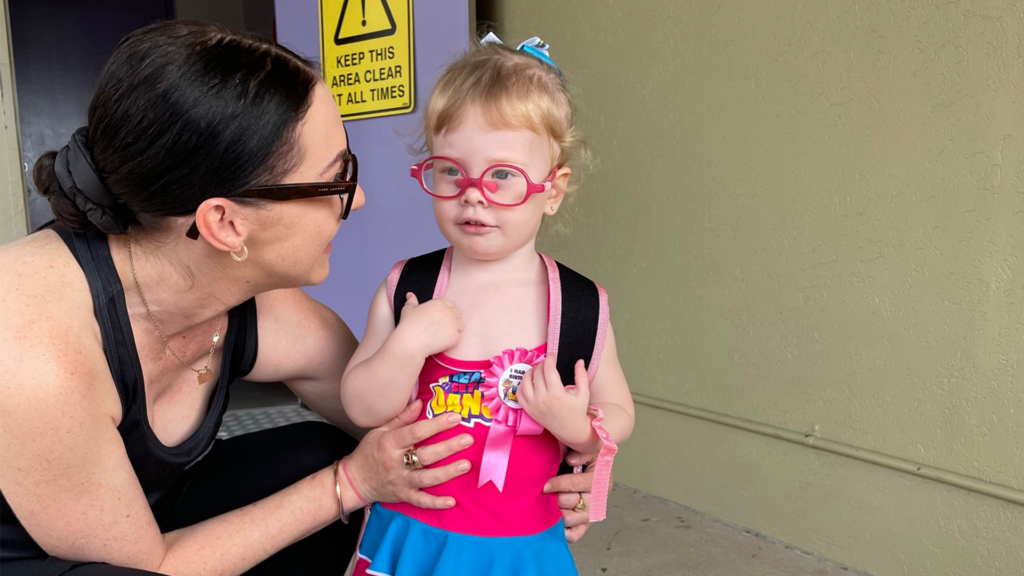
Some of the causes and conditions that can lead to speech and language disorders include:
- Damage to the vocal cords
- Muscle weakness
- Stroke
- Autism
- Attention deficit hyperactivity disorder (ADHD)
If you are worried about your child's progress, here are a few things that might help:
- Constantly talk about what you're doing - this will help your child to learn new words. For example, “I’m washing the dishes with, warm, soapy water.”
- Read books with a simple plot line, talk about what's happening and describe the pictures you see. Depending on age, retelling the story using dress-ups and acting it out can also be a good activity.
- Ask lots of questions
- Consider seeing a speech pathologist if extra support is needed
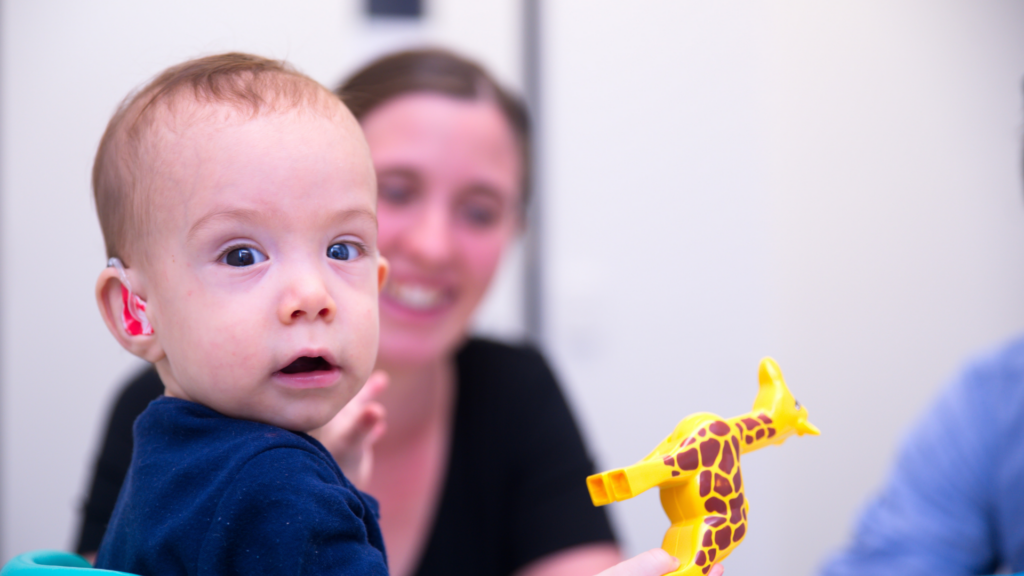
How working with a speech pathologist can help
A speech pathologist can conduct an assessment of your child’s speech and language skills and work with you to improve their communication. Speech therapists, like those at Hear and Say, often use play in lessons to assist your child in developing their articulation, spoken language, literacy and more. It is vital to practice the learnings from these lessons at home and implement them in everyday life.
If you are worried about your child’s speech or language development, Hear and Say has a number of Queensland clinics and our speech pathologists will be more than happy to help. Book a speech and language assessment near you:
We're here to help if you have any questions about your child’s speech and language development
Get in touch


